Policies to develop the automotive industry
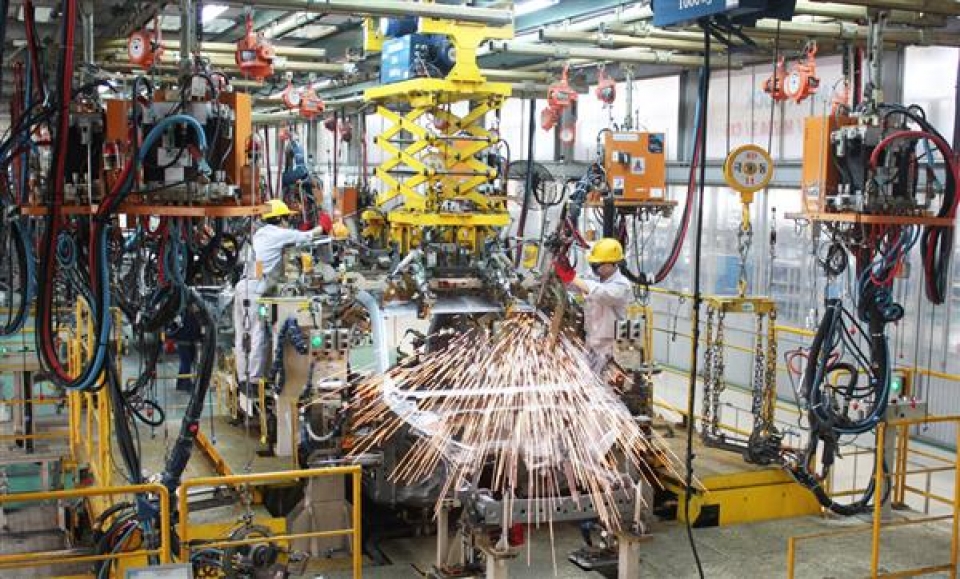 |
| The automotive enterprises should be encouraged to develop with large projects. Photo: Nguyen Ha. |
According to the Ministry of Industry and Trade, although the target rate of locally produced vehicles under 9 seats was 40% in 2005, and 60% in 2010, the current rate of localization is only 7%. Not only that, until now, there have been only Thaco company with the localization rate of 15-18% and Toyota Vietnam with the localization rate of 37% for Innova.
Set the goal for trucks and passenger cars
As the first Minister answering questions at the meeting of the National Assembly on 15th November 2016, the Minister of Industry and Trade, Mr. Tran Tuan Anh was paid much attention from the National Assembly. One of the most popular comments was about the development of the automotive industry in the context of integration (Vietnam will reduce import tax in ASEAN to 0% in 2018 according to the regional integration process and WTO commitments).
According to the Ministry of Industry and Trade, until 2015, the automotive industry had more than 400 enterprises, mainly in the South East and the Red River Delta. The majority of enterprises are small and medium enterprises. The total design and assembly capacity is approximately 460,000 cars per year, with 47% from foreign investment and 53% from domestic enterprises.
From 2001-2014, the average growth rate of automotive production and assembly was about 17% per year. The economic fluctuations and changes in policies, especially policies on taxes and fees are the major factors affecting the production and consumption of automobiles. The total number of cars sold in 2010 was 184,813 vehicles; 181,545 vehicles in 2011; 124,815 vehicles in 2012; 153,199 vehicles in 2013; 241,178 vehicles in 2014 and 350,000 vehicles in 2015.
Regarding these results, the Ministry of Industry and Trade said that so far there had been many active enterprises participating in the automotive market, including a number of local companies such as Truong Hai Auto Joint Stock Company (Thaco), Hyundai Thanh Cong Joint Stock Company and the large automotive group in the world (including Toyota, Ford, Honda and Mitsubishi, etc). The total automotive production and assembly capacity is about 460,000 vehicles per year, including cars less than 9 seats (200,000 vehicles per year), vans and passenger cars (215,000 vehicles per year).
Not only that, Vietnam has initially formed a support industry and provided some spare parts for production and assembly of automobiles in the country. Besides, the automotive industry makes a significant contribution to the State budget and provides 100,000 jobs; creating the foundation for development manufacturing of spare parts and components for the construction and development of automotive production.
Trucks and passenger cars of 10 seats or more and special vehicles have a high localization rate, basically meeting the demand of the domestic market (7-ton trucks meeting 70 % of the demand of the domestic market, with a localization rate of 55%; passenger cars of 10 seats or more and special vehicles meeting 90% of the demand of the domestic market with a localization rate of 45-55%). Some products have been exported to Laos, Cambodia, Myanmar, and Central America, etc.
Priority for enterprises with large projects
However, Mr. Tran Tuan Anh also acknowledged that the automotive industry had not achieved its objectives, not yet participating in the global value chain and not increasing the localization rate of automotive products in the country. Accordingly, although the automotive industry has been formed, it only produces a few simple accessories, with a low technological content, such as mirrors, glasses, seats, sets of wires, batteries, tires and plastic products. There have been a few investors focusing on manufacturing car bodies.
According to Mr. Tran Tuan Anh, the main cause of this situation is that in recent years, although "the capital market has been small, the State has no plans to invest and develop the corporations and groups to form a domestic production chain". Besides, the goal and the meaning of development of policies for the automotive industry are proper but the automotive industry has not yet mobilized resources to form a support industry from Vietnamese automobile enterprises.
Another issue which Mr. Tran Tuan Anh mentioned was the inefficiency of technology transfer and the participation of large automobile companies in the development of technology and production in Vietnam.
Although there are many problems to solve and import tax will be reduced to 0% in 2018, the Minister of Industry and Trade has shown the potentiality of the automotive industry in the near future when the average income will be $US 3200-3500 per person per year (in 2021) with a population of 100 million people.
"We will carry out a re-development of strategies to the promote automotive industry from now to 2018 with a desire to continue to develop the automotive industry and the mechanical industry effectively, ensuring value added in this field", said Mr. Tran Tuan Anh said.
 | Vietnam Automobile Business and Manufacture in the context of integration: Advantages and Challenges VCN- At the Vietnam International Motor Show (VIMS 2016) in HCM City on October 27, 2016, a ... |
"There are a number of major projects of the domestic and foreign automobile manufacturers constructed for approval, including Thaco Corporation and some huge projects of Japanese automotive businesses", the Minister, Mr. Tran Tuan Anh said.
Related News
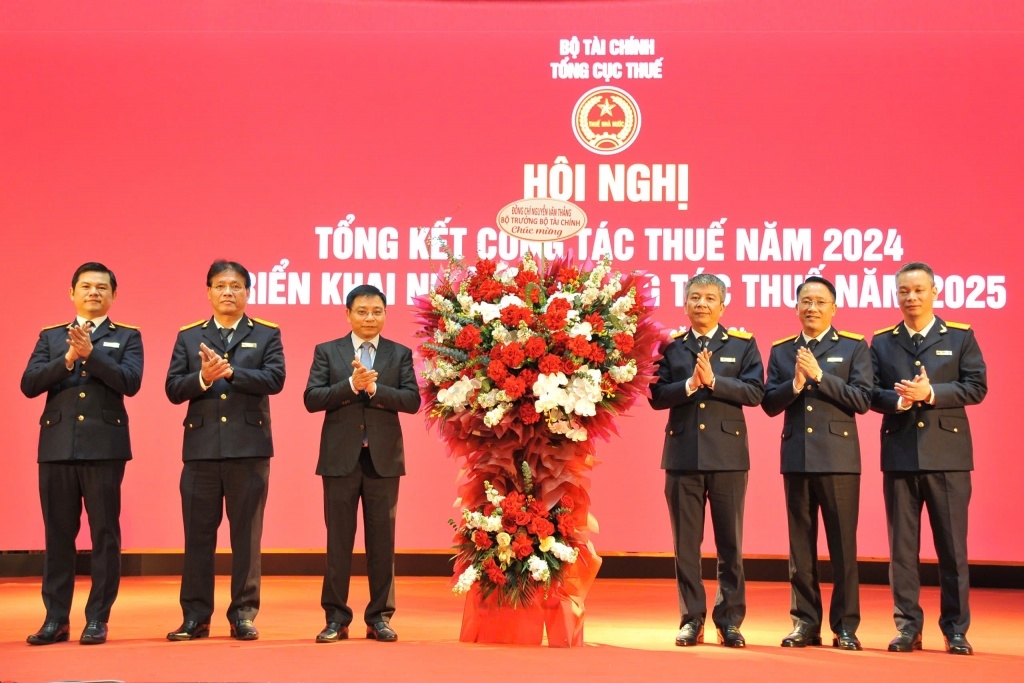
Tax sector achieves revenue target of about VND1.7 million billion
18:32 | 21/12/2024 Finance

An Giang Customs issues many notes to help businesses improve compliance
09:29 | 20/12/2024 Customs
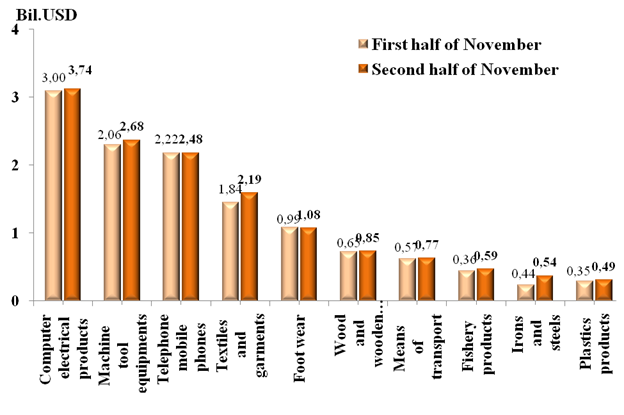
Preliminary assessment of Vietnam international merchandise trade performance in the second half of November, 2024
15:18 | 19/12/2024 Customs Statistics
Latest News
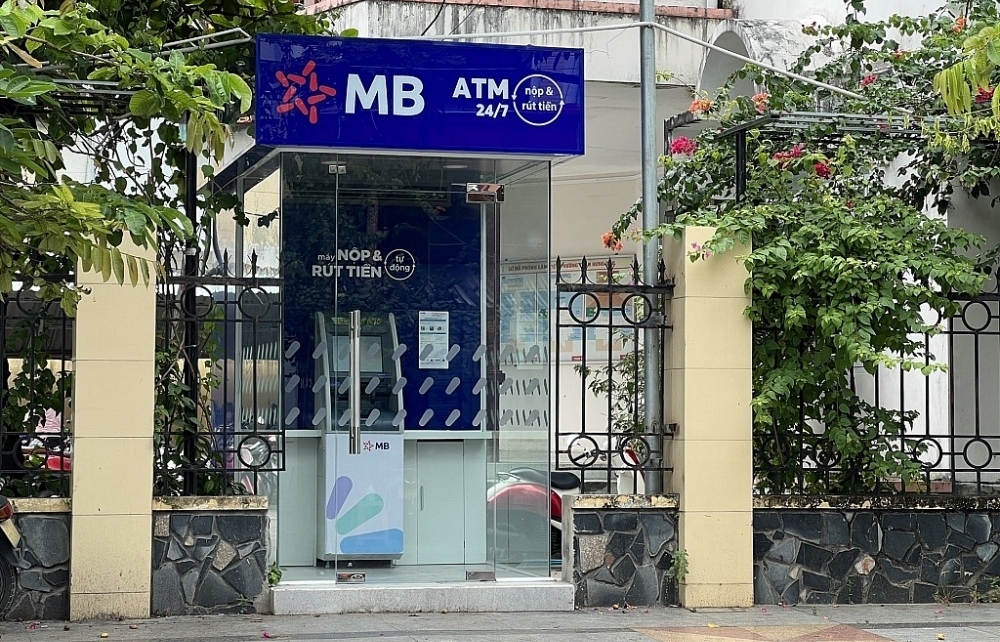
New regulations on procurement, exploitation, and leasing of public assets
09:17 | 15/12/2024 Regulations

Actively listening to the voice of the business community
09:39 | 12/12/2024 Customs
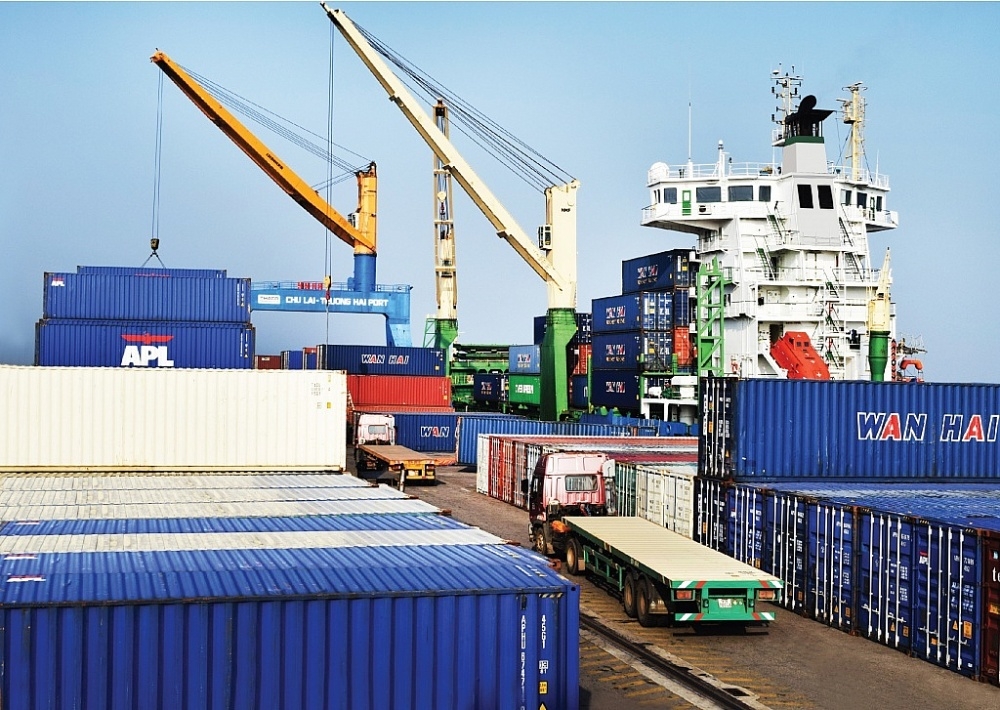
Step up negotiations on customs commitments within the FTA framework
09:44 | 08/12/2024 Regulations
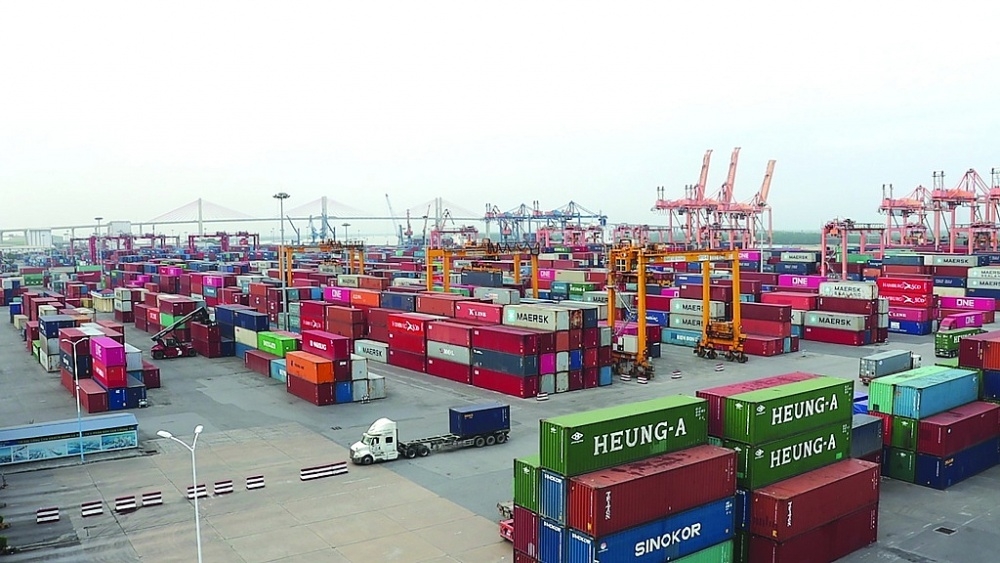
Proposal to amend regulations on goods circulation
13:45 | 06/12/2024 Regulations
More News
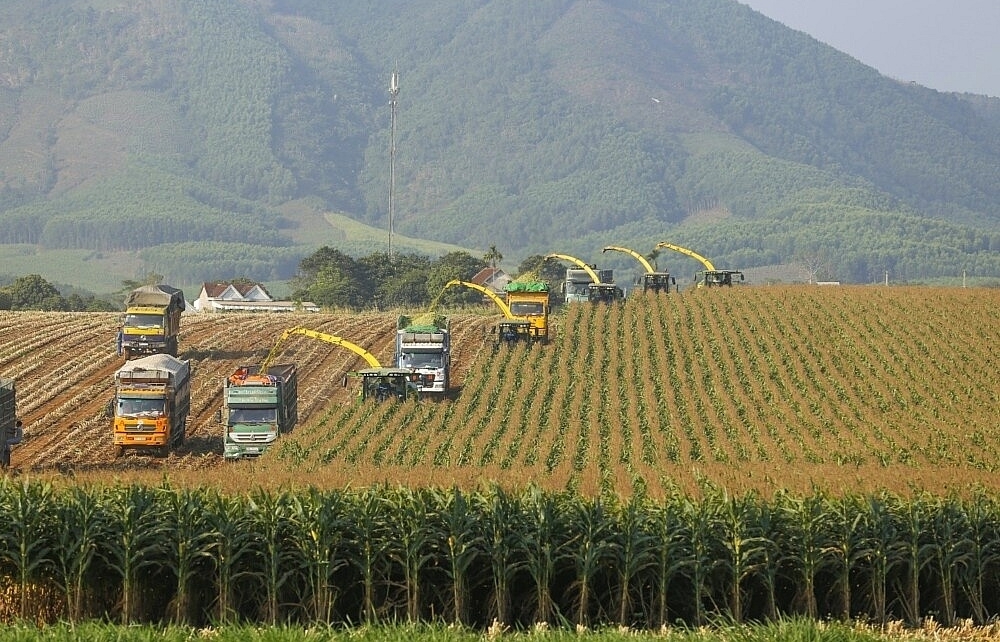
Review of VAT exemptions for imported machinery and equipment
10:31 | 05/12/2024 Regulations

Customs tightens oversight on e-commerce imports
13:39 | 04/12/2024 Regulations
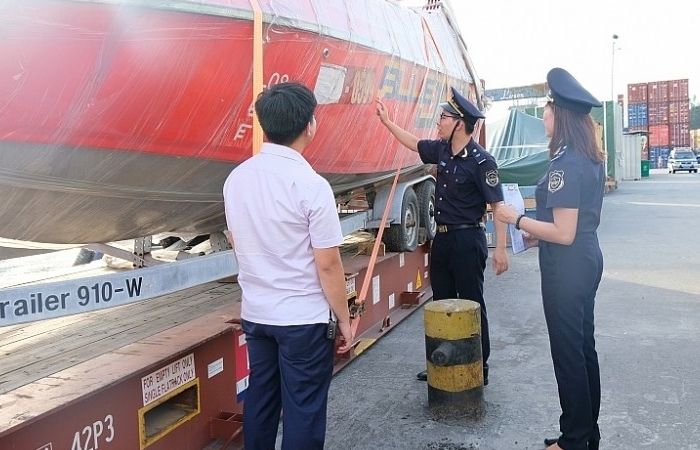
Bringing practical experience into customs management policy
13:48 | 03/12/2024 Regulations

Businesses anticipate new policies on customs procedures and supervision
15:41 | 29/11/2024 Regulations

Do exported foods need iodine supplementation?
11:06 | 29/11/2024 Regulations
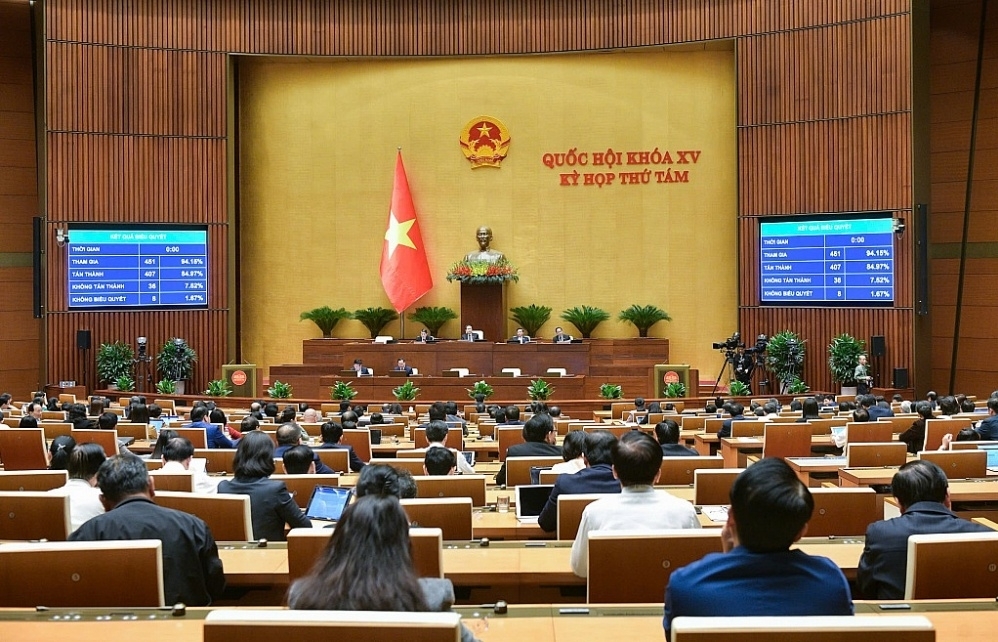
Amendments to the Value-Added Tax Law passed: Fertilizers to be taxed at 5%
13:43 | 28/11/2024 Regulations

Proposal to change the application time of new regulations on construction materials import
08:52 | 26/11/2024 Regulations

Ministry of Finance proposed to reduce VAT by 2% in the first 6 months of 2025
09:00 | 24/11/2024 Regulations

Hanoi Customs resolves tax policy queries for enterprises
09:26 | 22/11/2024 Regulations
Your care

New regulations on procurement, exploitation, and leasing of public assets
09:17 | 15/12/2024 Regulations

Actively listening to the voice of the business community
09:39 | 12/12/2024 Customs

Step up negotiations on customs commitments within the FTA framework
09:44 | 08/12/2024 Regulations

Proposal to amend regulations on goods circulation
13:45 | 06/12/2024 Regulations

Review of VAT exemptions for imported machinery and equipment
10:31 | 05/12/2024 Regulations
